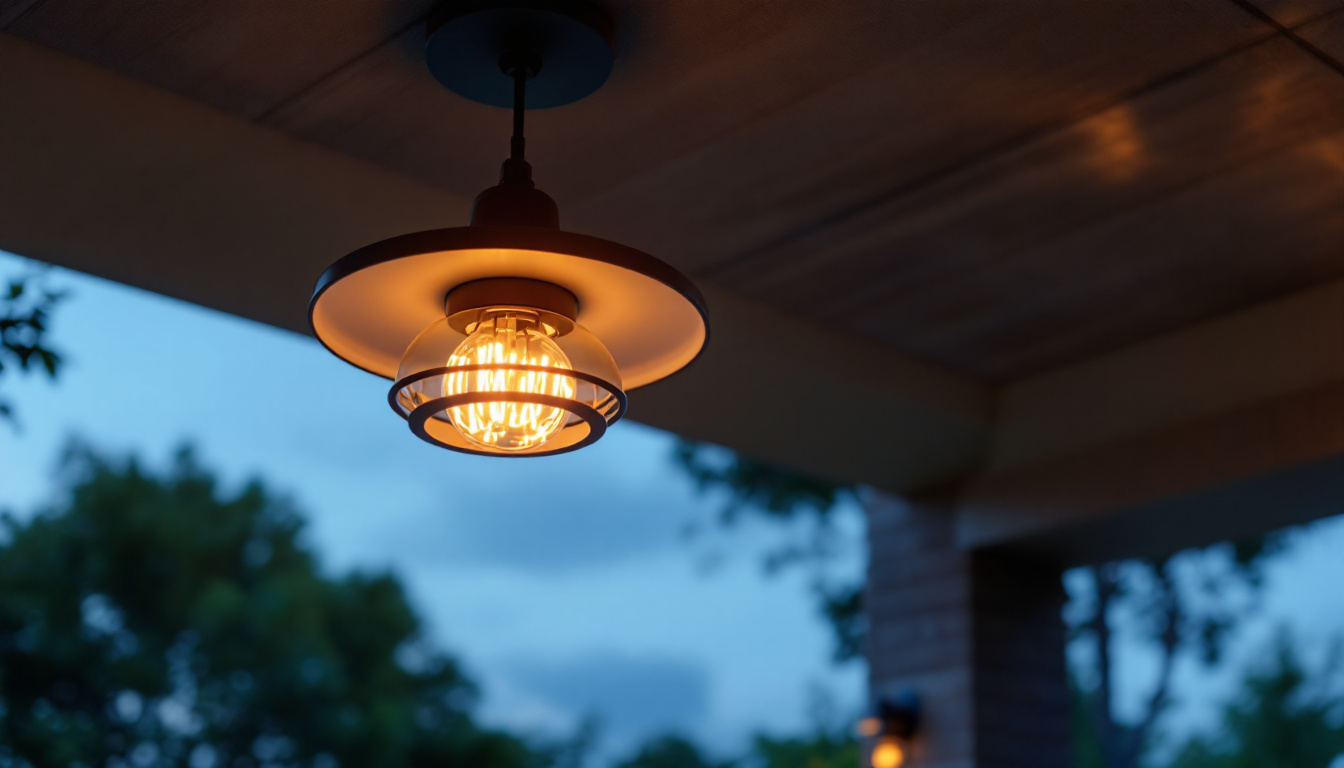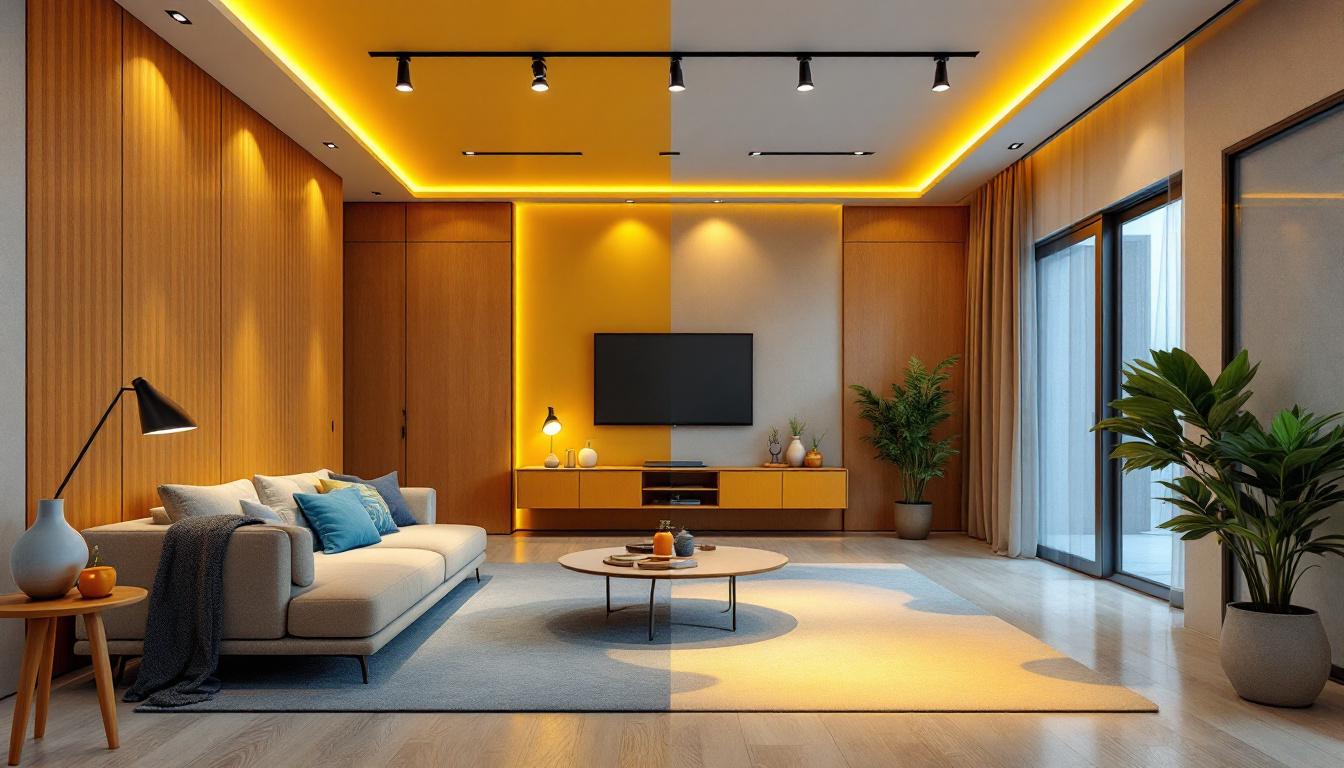Lighting plays a crucial role in enhancing the aesthetics and functionality of any space. For lighting contractors, understanding the best practices and proven methods in the industry can significantly impact the quality of their work and client satisfaction. This article delves into effective strategies, innovative technologies, and essential tips that can help lighting contractors excel in their projects.
One of the foundational steps in any lighting project is understanding the specific needs and preferences of the client. This involves active listening and clear communication to ensure that the contractor can deliver a solution that aligns with the client’s vision. A successful project hinges on this initial understanding, as it sets the tone for the entire design and implementation process.
Initial consultations are critical for gathering information about the client’s expectations. Lighting contractors should ask open-ended questions to encourage clients to express their ideas and preferences. This dialogue can reveal not only the desired aesthetic but also practical considerations such as energy efficiency and maintenance. By exploring the client’s lifestyle and how they use the space, contractors can tailor their recommendations to better suit individual needs, whether it’s creating a cozy atmosphere for family gatherings or ensuring adequate lighting for workspaces.
During these consultations, it is beneficial to present various lighting options and styles. Visual aids, such as mood boards or digital renderings, can help clients visualize the potential outcomes. This collaborative approach fosters a sense of partnership and can lead to more successful project outcomes. Additionally, discussing the latest trends in lighting technology, such as smart lighting systems or sustainable options, can inspire clients and open up new avenues for creativity in the design process.
Every space has unique characteristics that influence lighting design. Lighting contractors must assess the architectural features, existing light sources, and the intended use of the space. Factors such as ceiling height, wall colors, and furniture layout can all impact how light interacts within the environment. Understanding these elements allows contractors to create a lighting plan that not only meets functional requirements but also enhances the overall aesthetic appeal of the space.
Taking accurate measurements and noting any potential obstacles, such as windows or structural elements, is essential. This assessment allows contractors to recommend appropriate lighting solutions that enhance the space while addressing any challenges presented by its design. Furthermore, considering how natural light changes throughout the day can inform decisions about artificial lighting placement and intensity. By integrating both natural and artificial light sources, contractors can create a harmonious environment that adapts to the needs of the occupants at different times, ensuring that the lighting remains effective and inviting throughout the day and night.
With an understanding of client needs and the space itself, the next step involves selecting the appropriate lighting solutions. This decision can greatly influence the overall effectiveness and appeal of the project. The right lighting can transform a mundane space into a vibrant environment, enhancing not only aesthetics but also functionality. It’s essential to consider both the emotional impact of lighting and its practical applications, ensuring that every corner of the space is illuminated in a way that complements its intended use.
Lighting can be categorized into three main types: ambient, task, and accent. Ambient lighting provides overall illumination, task lighting focuses on specific areas for activities, and accent lighting highlights particular features or objects. A well-balanced combination of these types can create a harmonious atmosphere. Each type serves a distinct purpose, and understanding these roles can help in crafting a cohesive lighting plan that meets the diverse needs of the space.
For instance, in a kitchen, ambient lighting can come from ceiling fixtures, task lighting can be provided by under-cabinet lights, and accent lighting can highlight decorative elements like artwork or architectural details. Understanding how to layer these types effectively is key to achieving a well-lit space. In living rooms, for example, a combination of floor lamps for task lighting, wall sconces for ambient light, and spotlights for accentuating family photos or artwork can create a warm and inviting atmosphere that encourages relaxation and social interaction. The interplay of different lighting types can also be adjusted according to the time of day or occasion, showcasing the versatility of a well-thought-out lighting design.
In today’s environmentally conscious market, energy efficiency is more important than ever. Lighting contractors should be well-versed in energy-efficient technologies, such as LED lighting, which not only reduces energy consumption but also has a longer lifespan compared to traditional incandescent bulbs. This shift towards energy-efficient solutions is not just a trend; it reflects a growing awareness of the need to conserve resources and minimize waste. By choosing the right lighting, clients can enjoy significant savings on their energy bills while also contributing to a more sustainable future.
Incorporating smart lighting solutions can further enhance energy efficiency. These systems allow clients to control their lighting remotely, set schedules, and adjust brightness levels based on their needs. By promoting these sustainable options, contractors can appeal to eco-conscious clients and contribute to reducing the overall carbon footprint. Moreover, smart lighting can adapt to natural light levels, ensuring that spaces are illuminated only when necessary, which can lead to even greater energy savings. As technology continues to evolve, the integration of smart home systems with lighting solutions will become increasingly seamless, offering clients unparalleled convenience and control over their environments. This not only enhances the user experience but also positions contractors as forward-thinking professionals in a rapidly changing industry.
Once the lighting solutions have been selected, the installation phase begins. Proper installation is crucial for ensuring that the lighting performs as intended and meets safety standards.
Before installation, creating a detailed lighting layout plan is essential. This plan should include the placement of fixtures, wiring routes, and any necessary modifications to the existing infrastructure. A well-thought-out layout can prevent costly adjustments later in the project.
Utilizing software tools for lighting design can help visualize the layout and make adjustments in real-time. These tools can simulate how light will interact with the space, allowing for a more precise installation process.
Safety should always be a top priority during installation. Contractors must adhere to local electrical codes and regulations to ensure that all work is compliant. This includes proper wiring techniques, secure fixture mounting, and the use of appropriate materials.
Regularly reviewing safety protocols and conducting training sessions for crew members can help maintain a high standard of safety on the job site. Additionally, having a thorough understanding of the products being installed, including their specifications and limitations, is crucial for preventing accidents and ensuring longevity.
The work of a lighting contractor does not end with installation. Post-installation support is vital for ensuring client satisfaction and the long-term success of the lighting system.
Once the installation is complete, educating clients on how to use their new lighting system is essential. This includes demonstrating how to operate any smart features, adjust settings, and perform basic maintenance tasks.
Providing clients with a user manual or a quick reference guide can be beneficial. This resource can outline the best practices for using the lighting system effectively and efficiently, ensuring that clients feel confident in managing their new setup.
Maintaining a good relationship with clients can lead to repeat business and referrals. Offering maintenance services, such as regular check-ups or bulb replacements, can help ensure that the lighting system continues to function optimally over time.
Additionally, contractors can provide clients with tips on how to care for their lighting systems. For example, advising on the best cleaning methods for fixtures or recommending when to upgrade to newer technologies can enhance the longevity and performance of the lighting solutions provided.
The lighting industry is constantly evolving, with new technologies and design trends emerging regularly. For lighting contractors, staying informed about these changes is crucial for maintaining a competitive edge.
Participating in workshops, webinars, and industry conferences can provide valuable insights into the latest lighting technologies and design practices. Many manufacturers also offer training programs that can help contractors become more proficient in their product lines.
Additionally, joining professional organizations can provide networking opportunities and access to resources that can enhance a contractor’s knowledge and skills. Engaging with peers in the industry can lead to sharing best practices and innovative ideas.
As smart home technology continues to gain popularity, lighting contractors should consider integrating these solutions into their offerings. Familiarity with smart lighting systems, including programmable controls and integration with home automation systems, can set contractors apart from competitors.
Moreover, advancements in lighting design software can streamline the design process, allowing contractors to create more accurate and visually appealing proposals. Embracing these technologies not only improves efficiency but also enhances the overall client experience.
A well-curated portfolio is an essential tool for lighting contractors looking to attract new clients. Showcasing previous projects can demonstrate expertise and creativity, helping potential clients visualize the contractor’s capabilities.
Throughout each project, it is important to document the process, from initial consultations to final installations. High-quality photographs and detailed descriptions of each project can provide valuable insights into the contractor’s approach and the results achieved.
Including before-and-after images can be particularly impactful, as they visually highlight the transformation achieved through effective lighting design. This documentation not only serves as a marketing tool but also aids in reflecting on past work for future improvements.
Client testimonials can significantly enhance a contractor’s credibility. After completing a project, requesting feedback from clients can provide valuable insights into their satisfaction and the effectiveness of the lighting solutions provided.
These testimonials can be featured on the contractor’s website or marketing materials, offering social proof of their expertise. Positive reviews can influence potential clients’ decisions and build trust in the contractor’s services.
For lighting contractors, mastering proven methods and staying informed about industry trends is essential for success. By focusing on client needs, choosing the right lighting solutions, ensuring proper installation, and providing ongoing support, contractors can deliver exceptional results that enhance both the functionality and beauty of any space.
In a rapidly evolving industry, embracing new technologies and continuously improving skills will not only benefit contractors but also contribute to a more sustainable and aesthetically pleasing built environment. Building a strong portfolio and maintaining positive client relationships will further establish a contractor’s reputation and lead to ongoing success.
Ready to elevate your lighting projects with the best value in the industry? At LumenWholesale, we provide lighting contractors like you with top-quality, spec-grade lighting products at unbeatable wholesale prices. Say goodbye to local distributor markups and hello to superior lighting products that meet the highest industry standards. With our hassle-free bulk buying and free shipping, you can trust that you’re getting premium lighting at the best price — without hidden fees or compromises. Enhance the functionality and beauty of your spaces while enjoying quality, affordability, and convenience. Wholesale Lighting at the Best Value is just a click away. Experience the LumenWholesale difference today!

Discover how lighting contractors can enhance their projects and profitability by incorporating outdoor ceiling fixtures.

Discover the essential insights lighting contractors need to meet client expectations when it comes to fake recessed lighting.

Discover the ultimate guide for lighting contractors on selecting and selling ceiling fans.

Discover how solar-powered path lights can revolutionize your outdoor lighting solutions.